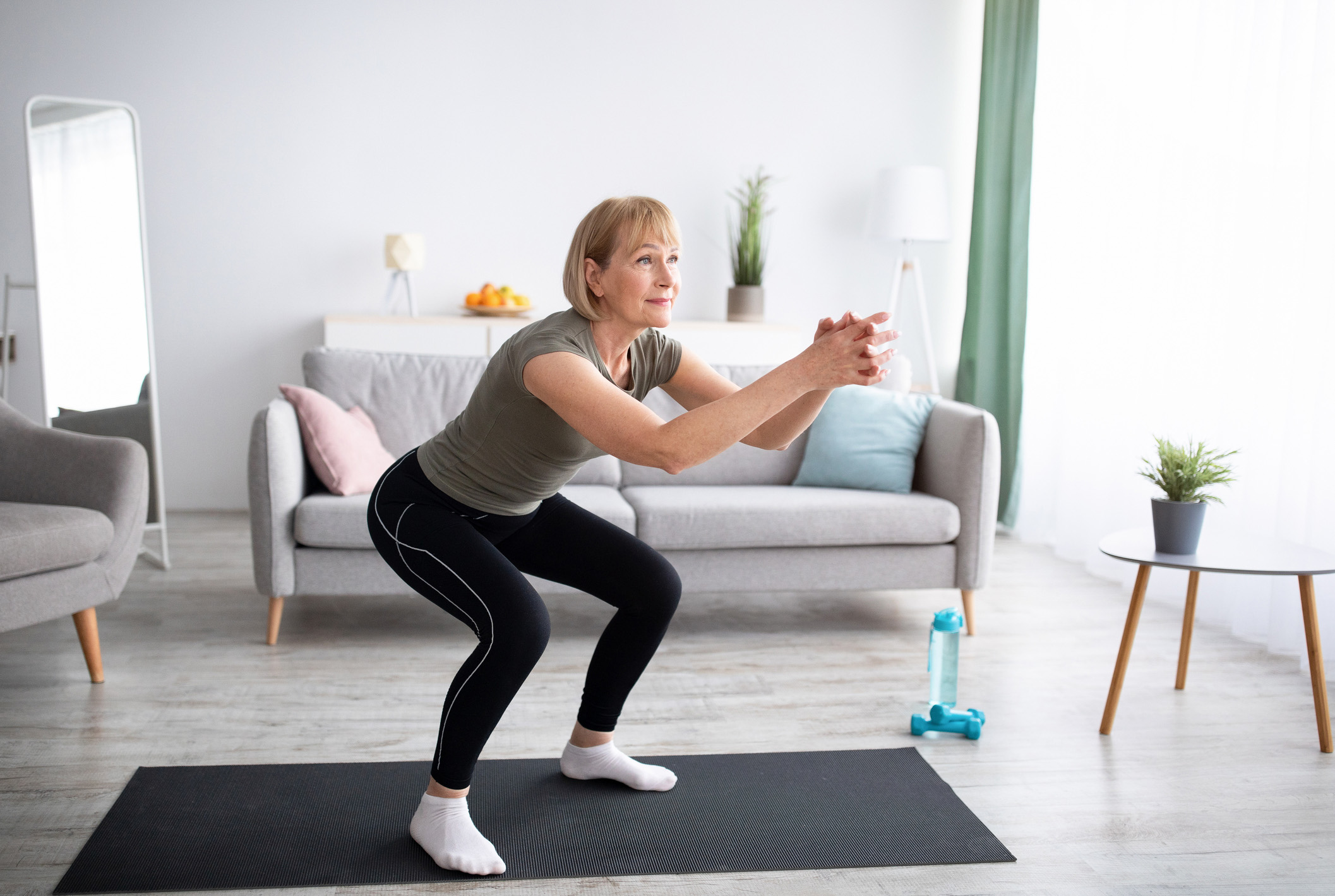Q: Which is preferable for health and conditioning, long, grueling marathons or relatively short bursts of intense aerobic activity? Some say the latter is more natural.
A: Let me first say, I think all forms of exercise are beneficial to maintaining good health and a healthy weight—critical components of an overall healthy life. And for those of you who kick it up several notches—I mean you, gym devotees and athletes—it’s sacrosanct to your lifestyle.
Remember when aerobic exercise became all the rage back in the 1980s, and we all started jogging and clocking 45 to 60 minutes on the stationary bike? High and low impact aerobics were front and center with respect to optimal fitness.
What we know now is that vigorous bursts of exercise, known as high-intensity interval training (HIIT), give us a metabolic advantage by increasing our capacity to burn fat but with shorter exercise duration.
So, you no longer have to commit to 60 minutes of pace-set cardio. You can lower it to 20 or 30 minutes incorporating intervals of 30 seconds to a minute (depending on your conditioning) then slow your pace for the next two or so minutes to catch your breath. Repeat this cycle throughout your allotted exercise time. You should be able to complete six to eight intervals during a 20 to 30-minute workout.
HIIT develops our fast-twitch muscle fibers associated with speed and strength, while slow-twitch muscles are supported by endurance exercises like long-distance running and cycling. It’s important to develop both to maintain functionality and strength.
Functional exercises help preserve muscle mass (along with adequate dietary protein) and balance exercises such as yoga help maintain joint stability and flexibility. As we get older, commitment to regular exercise can help ensure we don’t become feeble—that we remain not just independent, but vital, quick, and strong throughout our golden years.
Another revelation that’s come to the fore is the benefit of microbreaks of exercise throughout the day. Taking a 2-3 minute brisk walk or up a few flights of stairs or exercise in place every hour or so is found to be beneficial. You can hear more about offsetting sedentary behavior with microbreaks on my February 10th podcast.
To your health!
Leyla Muedin, MS, RD, CDN







